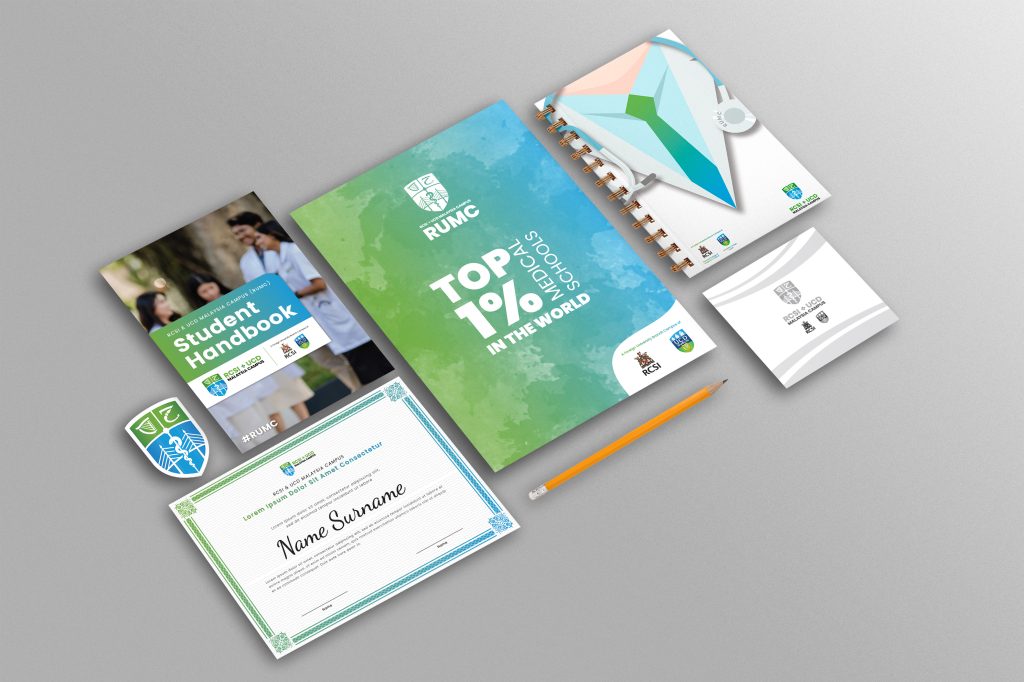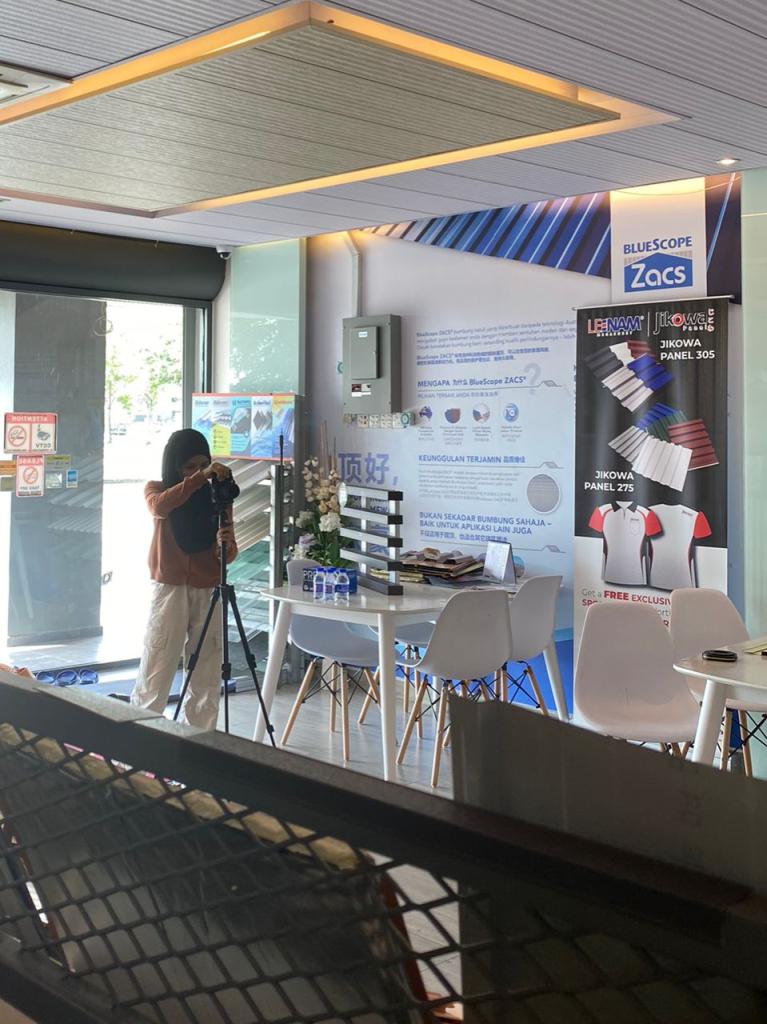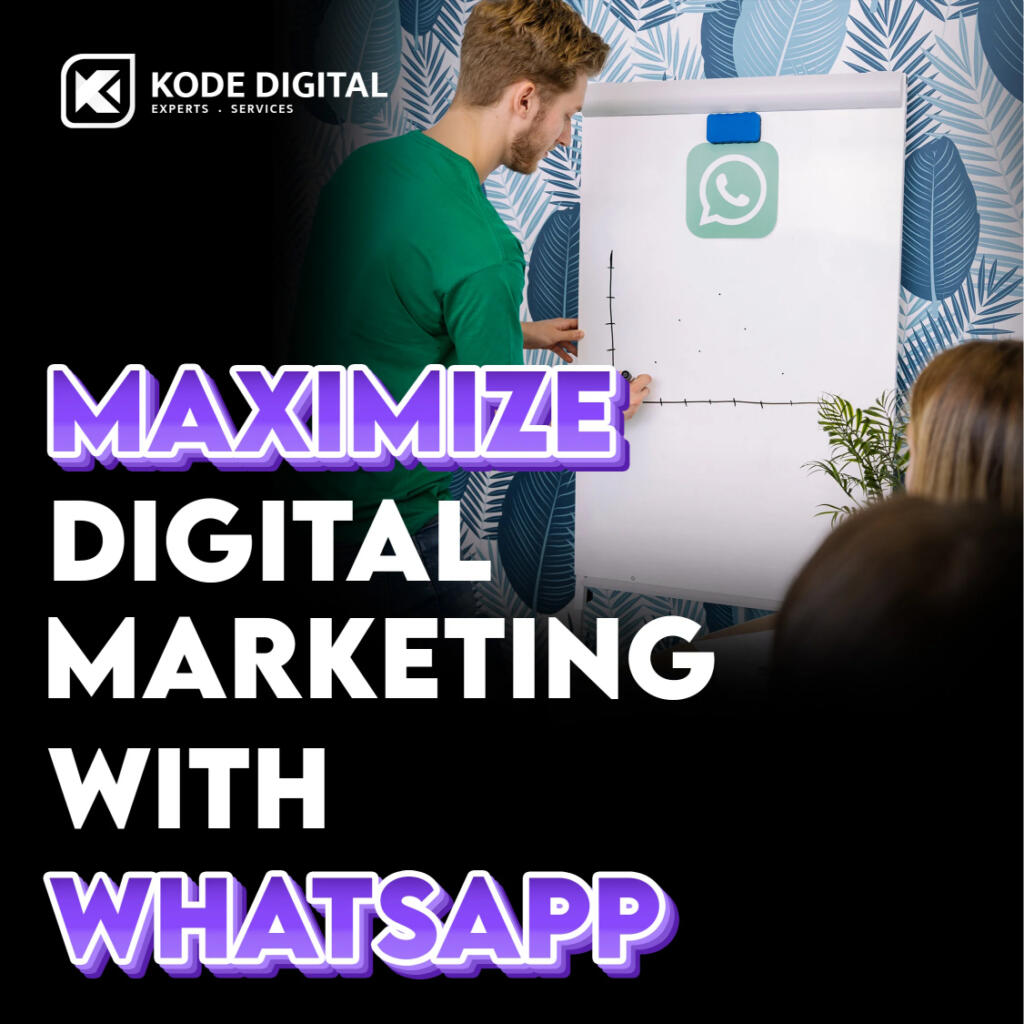Our top-tier consultancy services provide strategic guidance to elevate your entire digital presence.
Learn More
Contents
Learn how Malaysian hospitals increased patient volume by 52% using digital marketing. Comprehensive guide with local statistics and proven strategies.
Malaysia’s private healthcare sector is projected to reach a formidable RM 29.1 billion by 2025, according to insights from Frost & Sullivan (2024). This monumental growth isn’t solely driven by an aging population or increasing health awareness; a staggering 67% of patient decisions are now profoundly influenced by digital channels. In an increasingly competitive landscape with 214 private hospitals vying for 3.2 million annual patients, mastering digital marketing isn’t just an advantage—it’s an absolute necessity. This comprehensive guide is designed to be your definitive roadmap, revealing how leading Malaysian hospitals are leveraging cutting-edge digital strategies to not only dominate online patient acquisition but also significantly enhance their brand reputation and patient loyalty. We will delve into key statistics, explore crucial digital channels like SEO, content marketing, social media, and paid advertising, and provide actionable frameworks to help your hospital thrive in Malaysia’s dynamic digital healthcare ecosystem.—–The Malaysian Healthcare Digital Landscape: A Data-Driven Overview
Before diving into specific strategies, it’s crucial to grasp the current digital currents shaping Malaysia’s healthcare sector. These statistics highlight the urgent need for a robust digital presence:
- 89% of Malaysians research hospitals online before treatment (Malaysia Digital Health Survey, 2024): This overwhelming figure underscores a fundamental shift in patient behavior. The days of relying solely on word-of-mouth or traditional referrals are largely over. Today’s patient is empowered and proactive, using search engines, hospital websites, and online reviews as their primary sources of information. If your hospital isn’t visible and providing comprehensive information online, you’re missing out on nearly 9 out of 10 potential patients.
- Private hospitals in Malaysia: 214 facilities competing for 3.2 million annual patients: This statistic paints a vivid picture of intense competition. With a finite number of patients, each hospital must fight for its share, making digital differentiation critical. A strong online presence is no longer a luxury but a strategic imperative to stand out in this crowded market.
- Average patient acquisition cost: RM 450 (traditional) vs RM 120 (digital): This is perhaps the most compelling financial incentive for embracing digital marketing. Digital channels offer a significantly more cost-effective pathway to acquiring new patients, allowing hospitals to allocate their marketing budgets more efficiently and achieve a higher ROI. This efficiency is driven by the precise targeting capabilities and measurable outcomes inherent in digital platforms.
- 76% prefer hospitals with online appointment booking: Convenience is king. Malaysians, accustomed to digital convenience in every aspect of their lives (e.g., e-wallets, online shopping), expect the same seamless experience when booking medical appointments. Hospitals that offer intuitive online booking systems remove a major barrier to conversion, enhancing patient satisfaction and streamlining administrative processes. This preference extends to virtual consultations and digital access to medical records.
1. Search Engine Optimization for Hospitals: Becoming the First Choice
Search Engine Optimization (SEO) is the bedrock of digital visibility. For hospitals, effective SEO means appearing at the top of search results when patients are actively looking for medical services, often at their most vulnerable or urgent moments.
- Medical Keywords Malaysians Search: Understanding patient intent is paramount. These high-volume search terms reveal what potential patients are actively seeking:
- “Best private hospital in [city]” – 12,400 searches/month: This indicates a patient looking for top-tier care within a specific geographical area. Optimizing for “best” requires strong reputation signals (reviews, media mentions) alongside location-specific content.
- “Hospital near me emergency” – 8,900 searches/month: A critical, high-urgency search. Hospitals must ensure their Google Business Profile is perfectly optimized for “near me” results and that their emergency services are clearly highlighted.
- “Specialist doctor Malaysia” – 15,200 searches/month: Patients often search for specialists by condition or name. Comprehensive doctor profiles and specialty-specific service pages are crucial here.
- “Medical checkup package price” – 9,800 searches/month: Price transparency and easy comparison for health screening packages are major drivers for patients.
- Additional high-intent keywords: “Knee replacement cost Malaysia,” “maternity hospital Kuala Lumpur,” “cardiology specialist Penang,” “paediatrician Johor Bahru,” “dialysis centre near me.”
- SEO Strategy Framework: A Multi-faceted Approach:
- Create comprehensive service pages for each specialty (cardiology, oncology, orthopedics): Each specialty should have its own dedicated page with detailed information about conditions treated, procedures offered, technology used, and doctor profiles. These pages should be rich with relevant keywords and patient-centric information.
- Optimize for voice search (“Which hospital has shortest waiting time?”): The rise of smart speakers and mobile voice assistants means conversational queries are increasing. Optimize content for natural language questions, providing direct answers.
- Implement medical schema markup: Structured data (schema markup) helps search engines understand the context of your content. Use specific medical schema types (e.g., Hospital, Physician, MedicalCondition, MedicalProcedure) to highlight your services, doctors, and location, leading to richer search results.
- Build detailed location pages for each branch: For hospitals with multiple locations, create unique, comprehensive pages for each branch. Include specific NAP (Name, Address, Phone Number), hours, services, and Google Maps integration for each.
- Target health screening package keywords: Create clear, competitive, and easy-to-find pages for all your health screening packages, optimizing for price-comparison keywords.
- Focus on local SEO with Google Business Profile (GBP) optimization: Claim and thoroughly optimize your GBP listing with accurate information, high-quality photos, services, hours, and regular posts. Encourage and respond to reviews ethically.
- Success Story: Gleneagles Penang increased organic traffic by 234% after implementing a structured SEO strategy, demonstrating the tangible impact of focused SEO efforts. This surge in organic traffic directly translates to higher visibility and patient inquiries.
2. Content Marketing That Converts Patients: Inform, Educate, Engage
Content marketing for hospitals is about building trust and authority by providing valuable, informative, and engaging content that resonates with potential and existing patients. It’s not just about selling; it’s about educating and empowering.
- High-Performing Content Types: These types of content have proven track records in driving engagement and conversions in the Malaysian healthcare context:
- Health screening package comparisons (89% engagement rate): Patients often compare different packages. Create easy-to-understand comparison charts, highlighting inclusions, exclusions, and target demographics for each package.
- Doctor profiles and credentials (76% conversion rate): Detailed, personable profiles for each doctor, including their philosophy of care, experience, specializations, and patient testimonials (if compliant with local guidelines), build immense trust and drive conversions.
- Patient success stories (3.2x more shares): Human-interest stories of recovery and positive outcomes, shared ethically and with explicit consent, are incredibly powerful. They resonate emotionally and provide social proof (ensure compliance with MMC guidelines on testimonials).
- Medical procedure explanations in layman terms: Demystify complex medical procedures. Use simple language, infographics, and short videos to explain what a procedure entails, its benefits, risks, and recovery process.
- Insurance coverage guides (SOCSO, MySalam, private): Help patients navigate the complexities of healthcare financing in Malaysia. Provide clear guides on various insurance panels, how to utilize SOCSO, MySalam, and private insurance for hospital services.
- Content Calendar Approach: Strategic Content Planning: A balanced content calendar ensures a consistent flow of diverse, engaging information.
- 40% Educational (disease prevention, symptoms): Focus on general health awareness, common disease prevention, recognizing symptoms, and healthy lifestyle tips. (e.g., “Understanding Dengue Fever in Malaysia,” “Preventing Diabetes: A Guide for Malaysians”).
- 30% Promotional (packages, new services): Highlight specific health screening packages, new specialist services, advanced medical technologies, or limited-time offers.
- 20% Community (CSR activities, health camps): Showcase your hospital’s involvement in Corporate Social Responsibility (CSR) activities, community health camps, free screenings, or public health awareness campaigns. This builds brand goodwill.
- 10% Behind-the-scenes (technology, facilities): Offer glimpses into your hospital’s state-of-the-art technology, modern facilities, and the compassionate care provided by your staff. This humanizes the hospital and builds trust.
- Content Formats: Beyond blog posts, leverage videos (doctor interviews, patient journeys), infographics, interactive quizzes, and downloadable guides (e.g., “First-time Parents Guide”).
3. Social Media Marketing for Healthcare: Engaging Where Patients Are
Social media platforms are not just for casual interactions; they are powerful tools for hospitals to build community, disseminate information, and manage their reputation.
- Platform Selection & Strategy:
- Facebook (76% usage among Malaysian adults): Remains the dominant platform, particularly for older demographics and general health information. Use Facebook for:
- Hospital news & updates: Share new services, doctor arrivals, facility upgrades, and public health announcements.
- Health education: Post infographics, short videos (e.g., “Doctor’s Minute” series), and articles on common health issues, preventive care, and healthy living tips.
- Live Q&A sessions: Host live Q&A sessions with specialists to address patient concerns, building trust and engagement.
- Community engagement: Respond to comments, run polls, and create patient support groups (if compliant).
- Instagram (68% usage, younger demographic): Highly visual, ideal for showcasing the human side of the hospital and aesthetic services. Use Instagram for:
- Behind-the-scenes: Glimpses into hospital life, medical technology, and staff dedication (e.g., “A Day in the Life of a Nurse”).
- Patient stories (visual, ethical): Share visual narratives of patient journeys (with explicit consent and privacy filters), focusing on hope and recovery rather than specific medical outcomes, ensuring compliance with MMC guidelines.
- Aesthetic/Dental services: High-quality visuals of clinic ambiance, staff professionalism, and general wellness tips (avoiding “before/after” photos).
- Reels & Stories: Short, engaging videos for quick health tips, facility tours, or staff introductions.
- TikTok (rapidly growing, youth-focused): For short, engaging, and often entertaining health content.
- Myth-busting: Quick videos debunking common health myths.
- “Doctor’s tips” in 60 seconds: Concise advice on common ailments or preventive measures.
- Facility highlights: Dynamic tours of specialized departments.
- Targeting younger demographics: Great for public health campaigns aimed at youth (e.g., mental health awareness, healthy eating).
- LinkedIn: Primarily for professional networking and B2B communication.
- Thought leadership: Share research, medical advancements, and industry insights from hospital leaders and specialists.
- Recruitment: Attract top medical talent by showcasing your hospital’s work culture and professional development opportunities.
- Partnerships: Announce collaborations with other healthcare organizations or research institutions.
- Facebook (76% usage among Malaysian adults): Remains the dominant platform, particularly for older demographics and general health information. Use Facebook for:
- Reputation Management & Crisis Communication: Social media is a double-edged sword.
- Monitor mentions: Use social listening tools to track mentions of your hospital, doctors, and services across all platforms.
- Respond promptly and professionally: Address patient inquiries, feedback, and complaints swiftly and empathetically.
- Acknowledge and redirect: For sensitive patient issues or complaints, acknowledge the concern publicly and then immediately redirect the conversation to a private channel (phone call, direct message) to ensure patient privacy and comply with regulations. Never discuss patient medical details publicly.
- Proactive communication during crises: In times of public health concerns or internal incidents, use social media to disseminate accurate, timely information, demonstrating transparency and control.
4. Paid Advertising (PPC) for Hospitals: Targeted Reach and Immediate Results
Paid advertising, particularly Pay-Per-Click (PPC) campaigns on platforms like Google Ads and social media, offers hospitals immediate visibility and precise targeting capabilities, making it a powerful tool for patient acquisition, especially for high-value services or specific campaigns.
- Google Ads (Search & Display): The most direct way to capture high-intent patients.
- Target specific conditions/procedures: Bid on keywords like “cancer treatment Malaysia,” “fertility clinic Kuala Lumpur,” “cardiac bypass cost.” These users are actively searching for solutions.
- Geo-targeting: Precisely target audiences within specific cities, districts, or even postcodes around your hospital. This ensures your ads are seen by relevant local patients.
- Remarketing: Show ads to users who have previously visited your website but didn’t convert (e.g., didn’t book an appointment), reminding them of your services.
- Ad Extensions: Utilize call extensions (click-to-call), location extensions (map integration), and structured snippet extensions (highlighting services like “24-hour ER,” “online booking”).
- Landing Page Optimization: Ensure that the landing page linked from your ad is highly relevant to the ad’s content, provides clear information, and has a prominent call to action (e.g., “Book an Appointment”).
- Social Media Advertising (Facebook, Instagram, LinkedIn): Leverages demographic and interest-based targeting for broader reach and awareness.
- Demographic & Psychographic Targeting: Target specific age groups, income levels, interests (e.g., “healthy lifestyle,” “diabetes management”), and behaviors (e.g., “frequent travelers” for travel vaccinations).
- Lookalike Audiences: Create audiences that resemble your existing patient base or website visitors, expanding your reach to highly relevant new prospects.
- Campaign Objectives: Tailor campaigns to specific goals:
- Awareness: For promoting a new hospital wing or a general health campaign.
- Lead Generation: For health screening package inquiries or specialist consultations.
- Traffic: Driving visitors to specific service pages or doctor profiles.
- A/B Testing: Continuously test different ad creatives, headlines, and calls to action to optimize performance and reduce cost per acquisition.
- Budget Allocation: Allocate budget strategically based on the value of the service. High-value procedures (e.g., oncology, cardiology) might warrant higher bids due to their higher lifetime patient value.
- Compliance Check: All ad copy and visuals must strictly adhere to Malaysia’s medical advertising guidelines, avoiding misleading claims, testimonials, and “before/after” photos. Focus on factual information, expertise, and facilities.
5. Online Reputation Management: Building Trust and Credibility
In the digital age, a hospital’s reputation is built and maintained online. Patients increasingly rely on reviews and online feedback to make healthcare decisions. Proactive and ethical online reputation management is critical for attracting and retaining patients.
- Google Reviews (Primary Focus): Google Business Profile reviews are the most visible and influential.
- Encourage reviews ethically: Politely ask satisfied patients to leave a review on your Google Business Profile after their visit. A small card with a QR code or a gentle verbal request at the reception desk is effective. Never offer incentives for reviews.
- Respond to all reviews: Respond to every review, positive or negative, promptly and professionally. This shows you are engaged and value patient feedback.
- Address negative reviews strategically: For negative reviews, acknowledge the patient’s concern, express regret for their dissatisfaction, and offer to resolve the issue offline (e.g., “Please contact our patient relations department at to discuss this further”). Crucially, never disclose patient medical information or personal details in public responses due to privacy regulations (PDPA).
- Third-Party Review Platforms (e.g., DoctorOnCall, BookDoc, Facebook):
- Monitor and engage: Keep an eye on reviews on other relevant platforms where patients might leave feedback. Maintain consistent messaging and response strategies across all platforms.
- Integrate where possible: If your booking platform allows, integrate direct links for patients to leave reviews post-appointment.
- Media Monitoring: Set up alerts for mentions of your hospital and key doctors in news articles, blogs, and forums. This allows you to respond quickly to potential reputational threats or leverage positive coverage.
- Internal Feedback Loop: Implement a system to channel online feedback (especially negative reviews) back to relevant departments for internal review and service improvement. This turns online criticism into actionable insights.
- MMC (Malaysian Medical Council) Advertising Guidelines: Always ensure that all online review management strategies and content (including responses to reviews) comply with the MMC’s advertising guidelines, particularly regarding patient testimonials and avoiding self-aggrandizement. Transparency, professionalism, and patient privacy are paramount.
6. Analytics and ROI Measurement: Optimizing Your Digital Spend
Digital marketing’s greatest strength is its measurability. For hospitals, tracking key performance indicators (KPIs) and understanding your return on investment (ROI) is crucial for optimizing campaigns, justifying budgets, and driving sustainable growth.
- Key Performance Indicators (KPIs):
- Website Traffic: Monitor overall website visits, unique visitors, and traffic sources (organic, paid, social, direct). Identify which channels are driving the most interest.
- Conversion Rates: Track the percentage of website visitors who complete a desired action, such as:
- Online appointment bookings.
- Inquiry form submissions.
- Phone calls (especially from GMB or click-to-call buttons).
- Health package downloads.
- Newsletter subscriptions.
- Patient Acquisition Cost (PAC): As highlighted earlier, digital channels offer a lower PAC. Continuously measure total marketing spend divided by new patient acquisitions attributable to digital efforts.
- Patient Lifetime Value (LTV): Understand the long-term revenue generated by a typical patient. This helps justify higher acquisition costs for certain high-value specialties.
- Google Business Profile Performance: Monitor views, clicks (to website, calls
























